As we age, the loss of subcutaneous fat is one of the main reasons the face begins to look hollow, with higher cheekbones and sunken temples that create a tired, aged appearance. If you are seeking a comprehensive rejuvenation method that not only restores volume instantly but also enhances long-term skin quality, facial fat grafting is the answer. By repositioning your own healthy fat cells, this technique effectively fills hollow areas while revitalizing the skin from within. Let’s explore the details of this advanced beauty treatment.
What is facial fat grafting?
Facial fat grafting, also known as autologous fat transfer, is a non-surgical, minimally invasive cosmetic procedure that uses the client’s own body fat to add volume and rejuvenate hollow areas of the face. The surgeon extracts a small amount of excess fat from donor sites such as the abdomen, thighs, or hips.
The harvested fat is then purified using advanced centrifugation or filtration technology to remove impurities, plasma, and oil, preserving only the pure fat cells and stem cells. Finally, the refined fat is carefully injected into areas that need volume restoration, such as sunken temples, hollow cheeks, deep tear troughs, nasolabial folds, or the chin.

The facial fat grafting technique not only restores volume but also rejuvenates the skin through stem cells that stimulate collagen production, improving elasticity and skin tone.
The pros and cons of facial fat grafting
Facial fat grafting has become increasingly popular among women because of its outstanding advantages. However, like any aesthetic procedure, it also has certain drawbacks. Therefore, it is important to understand both the pros and cons before deciding to undergo the treatment:
Pros
- Absolute biocompatibility and high safety: The fat used in facial fat grafting is autologous, taken directly from the client’s own body. This completely eliminates the risk of allergic reactions, rejection, or infection caused by foreign materials. Since the body naturally accepts the transferred fat as part of its own tissue, the procedure ensures excellent safety and minimizes the risk of serious complications related to synthetic fillers.
- Dual effect of volume restoration and skin rejuvenation: Purified fat contains not only fat cells but also a rich amount of mesenchymal stem cells. Once injected, these stem cells act as a biological “factory,” enhancing blood circulation while stimulating the production of new collagen and elastin. This process not only restores lost facial volume but also improves skin texture, reduces fine lines, and enhances overall skin tone and elasticity.
- Soft results: Because fat is a natural soft tissue, once integrated, it blends seamlessly with the existing fat and muscle on the face. Unlike fillers that may feel slightly firm or appear under certain lighting, transplanted fat delivers a natural look and feel to both touch and appearance.
- Long-lasting andstable results: According to aesthetic experts, approximately 40–70% of the transplanted fat survives and stabilizes after the procedure. The remaining fat becomes a permanent part of the body and changes naturally with weight fluctuations. Therefore, facial fat grafting is an excellent long-term solution for achieving natural, lasting fullness.
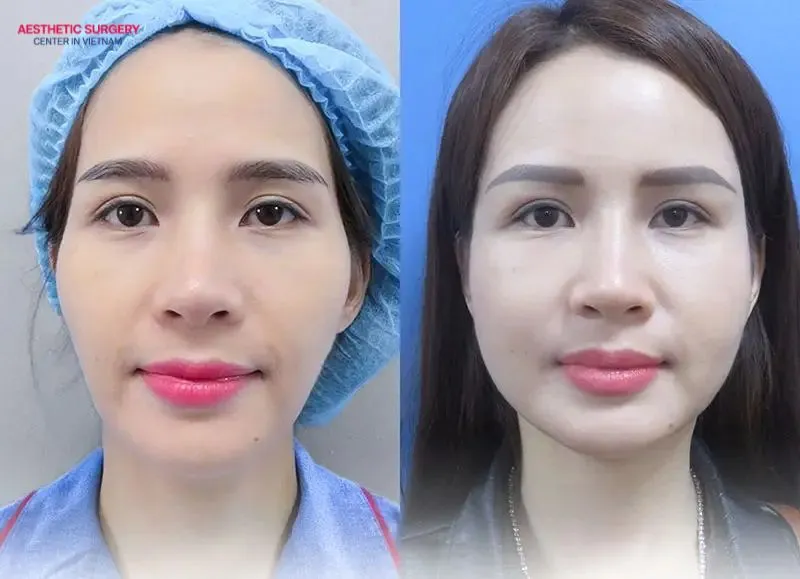
Cons
- Unstable fat survival rate: This is one of the main disadvantages of facial fat grafting. Not all the injected fat survives — about 30–60% is reabsorbed by the body. The survival rate depends on factors such as purification technology, multi-layer injection technique, and individual physiology. To compensate for potential fat loss, surgeons often inject a slightly higher amount, and in some cases, a second touch-up session may be needed after 3–6 months to achieve the desired volume.
- More invasive than filler injections: Facial fat grafting requires two separate procedures — liposuction and fat injection. Even though liposuction is a minor surgery, it still involves small incisions and may cause swelling or bruising in the donor area. As a result, clients need time to recover from both the face and donor sites, and may experience more discomfort compared to standard filler treatments.
- Longer recovery time: After the procedure, facial swelling is quite common. It typically takes about 1–2 weeks for noticeable swelling to subside and around 1–3 months for the fat to stabilize and final results to appear. Therefore, clients should plan for sufficient recovery time and follow post-procedure care instructions carefully.
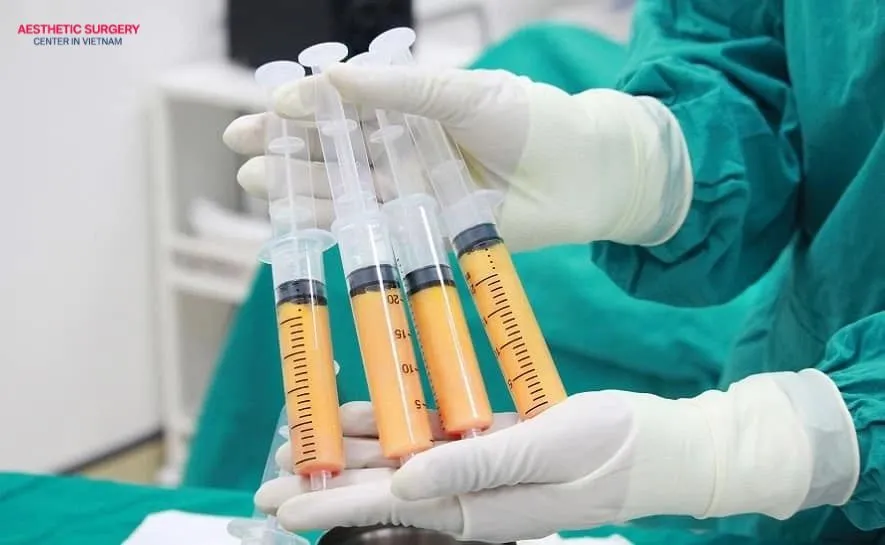
Facial fat grafting procedure
The specialist examines and evaluates the level of facial aging, the degree of hollow or sunken areas, and the skin condition. The surgeon then identifies the donor areas on the body, such as the abdomen, thighs, or hips, as well as the facial areas that require grafting, including the temples, cheeks, eye hollows, and smile lines. Below are the detailed steps of the procedure:
Step 1: Consultation and examination
The specialist examines and evaluates the level of facial aging, the degree of hollowness, and the skin condition. Then, the surgeon identifies the areas of excess fat on the body such as the abdomen, thighs, or hips, as well as the areas on the face that need grafting, including the temples, cheeks, eye hollows, and smile lines. Next, the client undergoes necessary medical tests to ensure they are healthy enough for the fat grafting procedure. Finally, the surgeon measures and calculates the exact amount of fat to be extracted and the volume needed for each facial area.
Step 2: Sterilization and anesthesia
The client is taken to a sterile operating room where both the fat extraction area and the facial fat grafting area are carefully disinfected. The surgeon then applies local anesthesia to both areas to ensure comfort during the procedure.
Step 3: Fat extraction
A small incision is made in the donor area. Using a specialized blunt-tip cannula connected to a low-pressure suction device, the surgeon gently removes the fat to avoid damaging the fat cells.
Step 4: Fat purification and processing
The extracted fat is washed to remove anesthetic residue and blood. It is then placed in a specialized centrifuge that spins at a specific speed to separate it into three layers: oil, plasma and fluid, and purified fat cells with stem cells. This step removes impurities and optimizes the quality of the fat for grafting.
Step 5: Fat Injection
Using a fine, blunt-tip cannula, the surgeon carefully injects the purified fat into the targeted facial areas. The fat is placed gradually in multiple micro-layers and depths beneath the skin to maximize contact with surrounding tissues, helping the fat receive better blood supply and nutrients, thus increasing its survival rate. The surgeon continuously adjusts the amount of fat injected to ensure facial balance and symmetry.
Step 6: Immediate post-procedure care
The donor site is gently compressed with a sterile bandage. The client is then monitored in the recovery room for several hours to ensure there are no unusual reactions.

How much does facial fat grafting cost?
The cost of facial fat grafting varies depending on several factors, including the treated area size, the amount of fat required, the fat purification technology, the surgeon’s expertise, the clinic’s reputation, and the liposuction fee. Based on our survey, the current price range for facial fat grafting in Vietnam is from approximately 12 million to 85 million VND. This cost may fluctuate depending on the factors mentioned above.
How long does facial fat grafting last?
After fat grafting, the transferred fat usually stabilizes within about 3–4 months. The results typically last from 1 to 2 years. Over time, around 40–70% of the injected fat may be reabsorbed by the body, depending on individual metabolism, the surgeon’s technique, grafting technology, and fat quality. For individuals with good biological compatibility, the transferred fat cells can adapt, regenerate, and thrive, helping maintain facial fullness and long-lasting results.
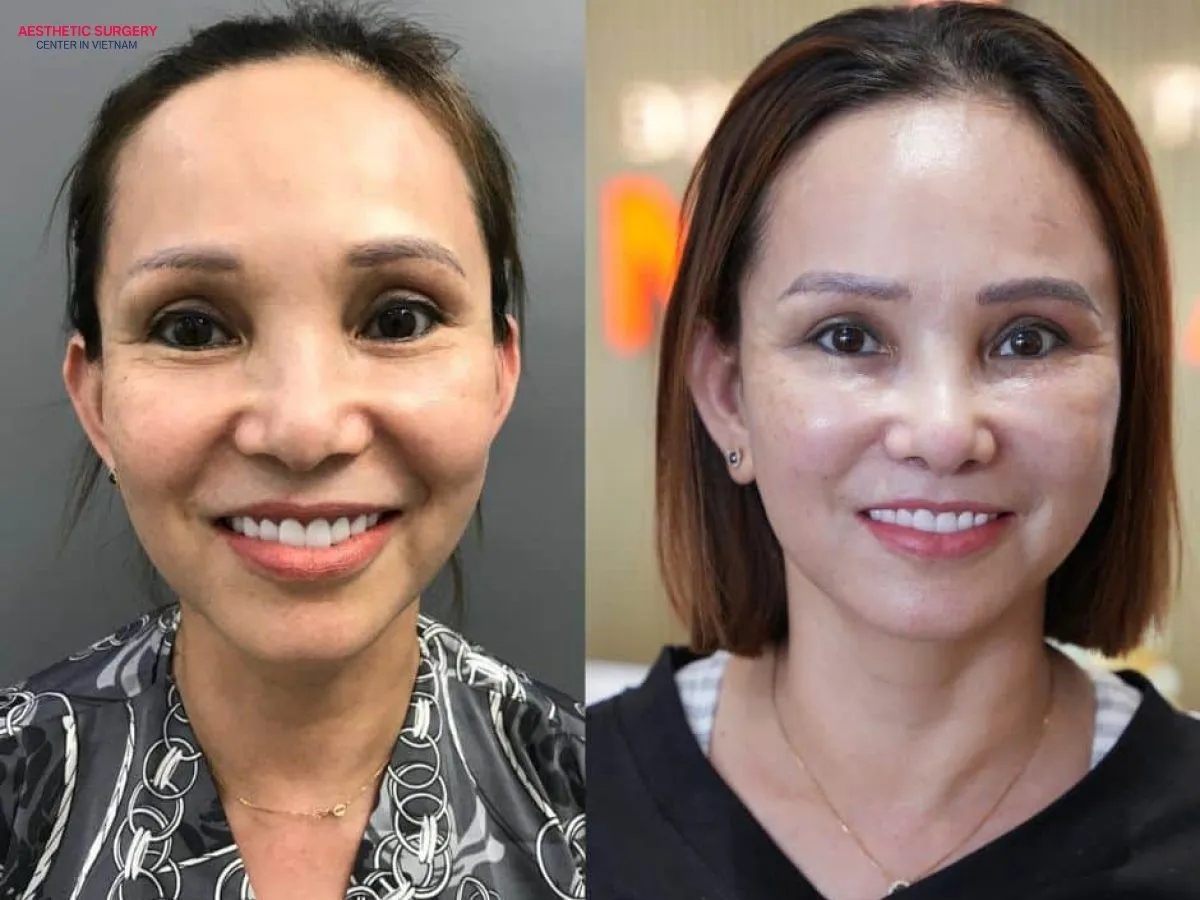
Conversely, for those with weaker immunity or poor fat compatibility, the grafted fat cells may be reabsorbed more quickly, making it difficult to maintain the results. Therefore, choosing a reputable and experienced clinic is crucial to ensure safety and effectiveness.
In addition, to prolong the results for 5–10 years, it’s important to follow a balanced diet, maintain healthy daily habits, and take proper care of your skin.
Notes after facial fat grafting
Here are some important aftercare tips following facial fat grafting to help your face recover quickly, maintain fat survival, and achieve the best aesthetic results:
- Do not apply ice or heat directly to the grafted area, as it may damage the fat cells.
- Keep your head elevated while sleeping by using an extra pillow to reduce swelling.
- Avoid touching, massaging, or lying on your side to prevent fat displacement.
- Drink plenty of water and eat protein-rich foods such as lean meat, fish, eggs, milk, and tofu to nourish fat cells.
- Avoid alcohol, smoking, coffee, carbonated drinks, spicy foods, and seafood for at least two weeks.
- Limit sticky rice, beef, and water spinach for 1–2 weeks to prevent scarring or dark spots.
- Do not wear makeup, wash your face vigorously, steam, or use skincare products in the first 5–7 days.
- Avoid intense exercise and direct sunlight exposure for at least two weeks.
- When going out, protect your face with a soft mask and avoid direct sun exposure to prevent fat loss.
- Take prescribed anti-inflammatory, antibiotic, and pain-relief medications as directed by your surgeon.
- Attend all follow-up appointments (typically after 7–10 days, 1 month, and 3 months).
- Contact your surgeon immediately if you notice redness, pain, pus, or unusual swelling.

Facial fat grafting before and after
To help you better visualize the results after facial fat grafting, you can refer to the before and after photos of several clients who have experienced this procedure:

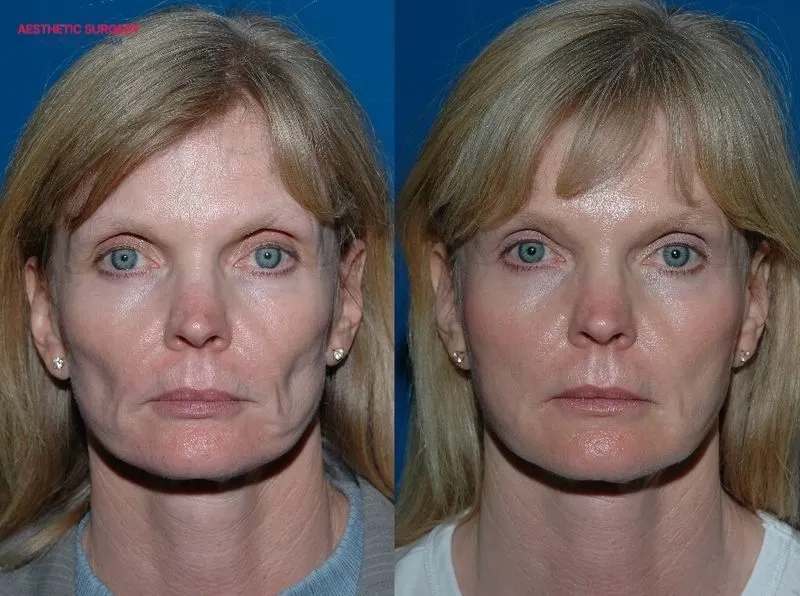
Reputable facial fat grafting address in Vietnam
As you may know, choosing a reputable clinic for facial fat grafting plays a crucial role in ensuring both aesthetic results and overall safety. Among many countries and aesthetic centers, if you decide to choose Vietnam as your beauty destination, Aesthetic Surgery Center Vietnam is one of the top recommendations for achieving a youthful and balanced facial appearance.
Aesthetic Surgery Center Vietnam is a leading aesthetic system with multiple branches across the country, demonstrating the brand’s strong growth and trusted reputation. The center consistently pioneers and applies exclusive, cutting-edge beauty technologies from advanced countries such as Korea, the UK, and France. Each branch is equipped with modern, sterile operating rooms and imported medical equipment that meet strict safety and quality standards.
The center offers a variety of facial contouring, skin rejuvenation, and fat grafting services — effectively addressing issues such as hollow temples, sunken cheeks, and facial wrinkles.
Most importantly, Aesthetic Surgery Center Vietnam brings together a team of highly skilled surgeons and experts, many of whom have trained abroad and earned prestigious certifications. The center is committed to delivering outstanding, safe, and long-lasting aesthetic results.
With these remarkable advantages, Aesthetic Surgery Center Vietnam is truly a trustworthy and professional destination for facial fat grafting.
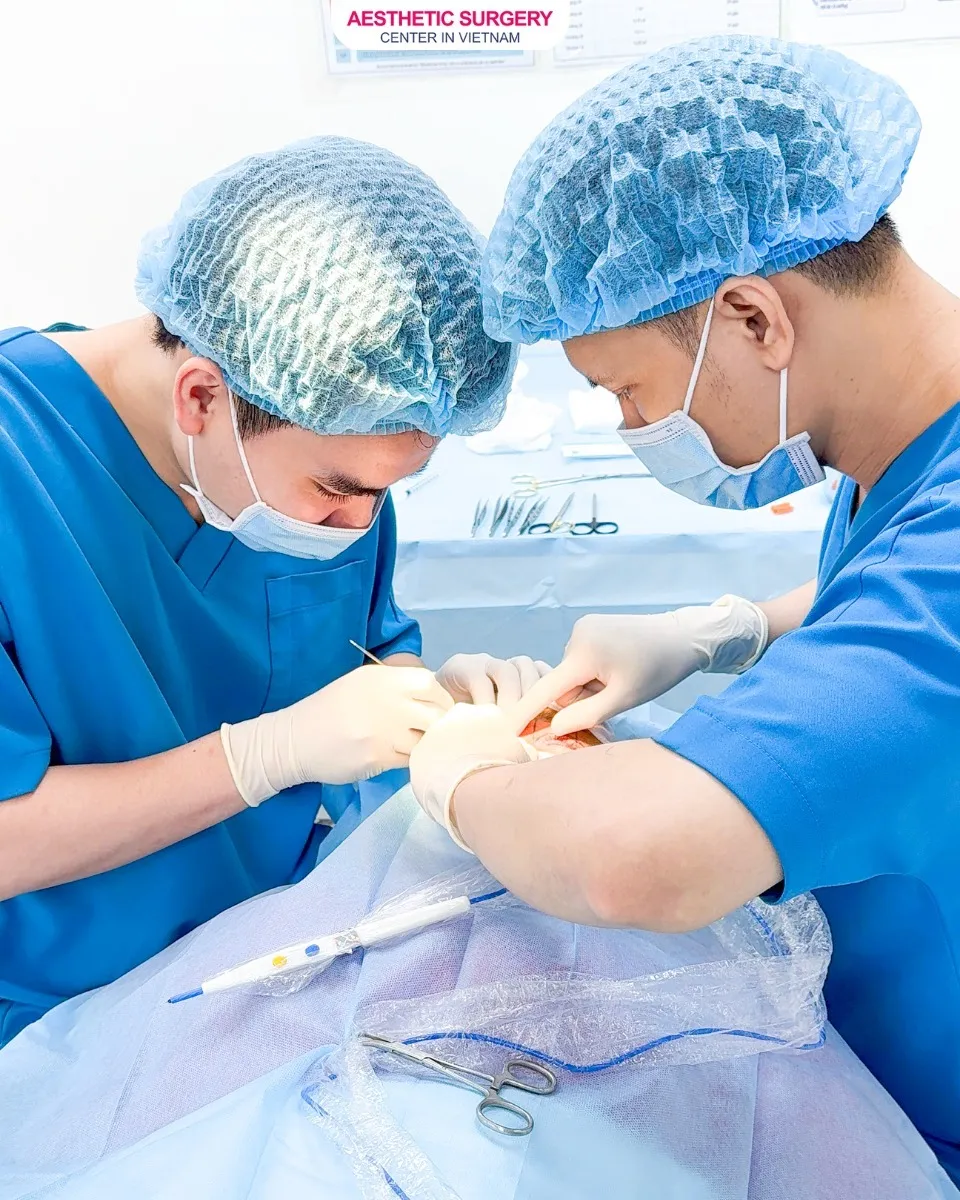
In conclusion, through the information shared above, it’s clear that facial fat grafting is a minimally invasive yet highly effective method that offers impressive, long-lasting, and natural rejuvenation results. If you’re dealing with facial concerns such as hollow temples, sunken cheeks, deep smile lines, or a gaunt appearance, this procedure can be an excellent solution to restore harmony and youthfulness to your face. For more information or personalized consultation, please contact Aesthetic Surgery Center Vietnam directly.




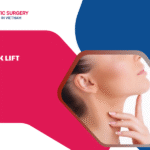






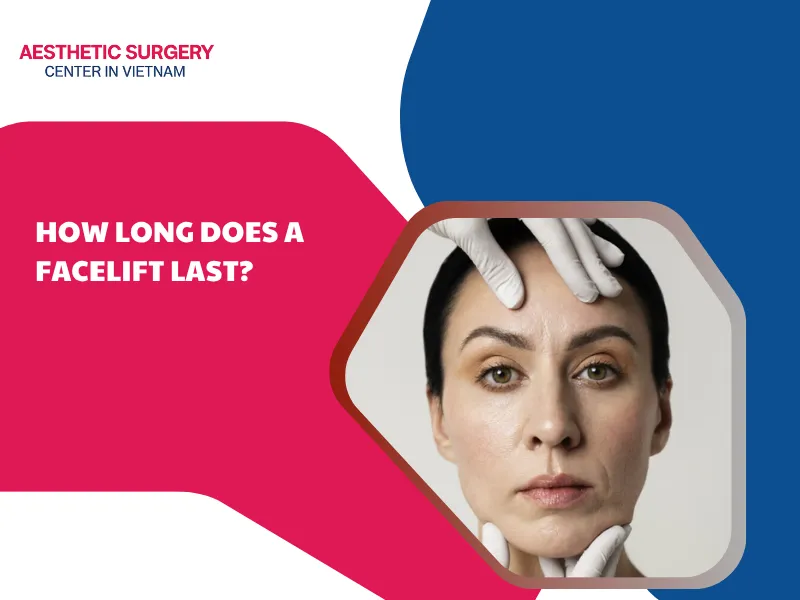
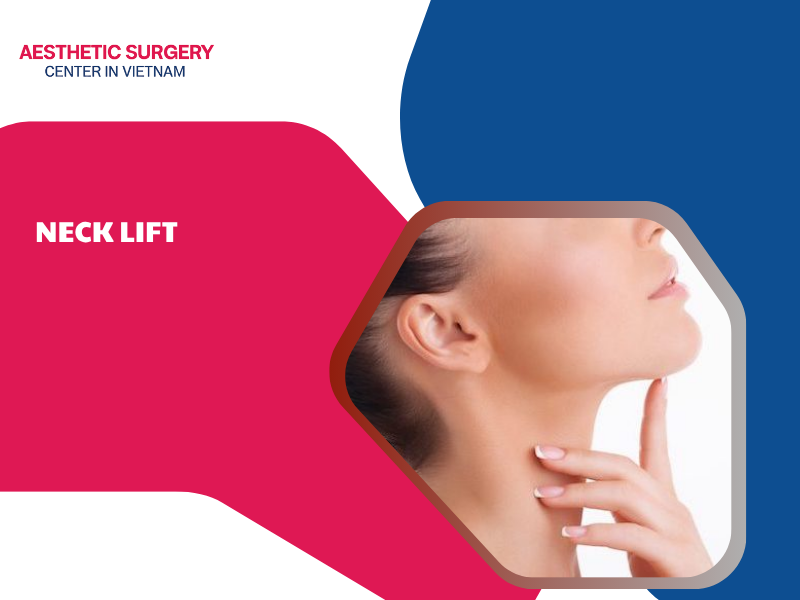
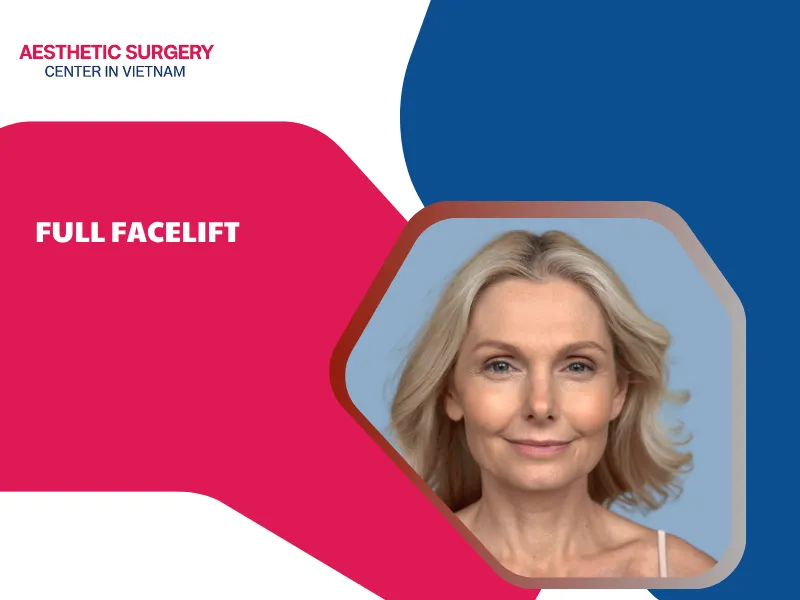

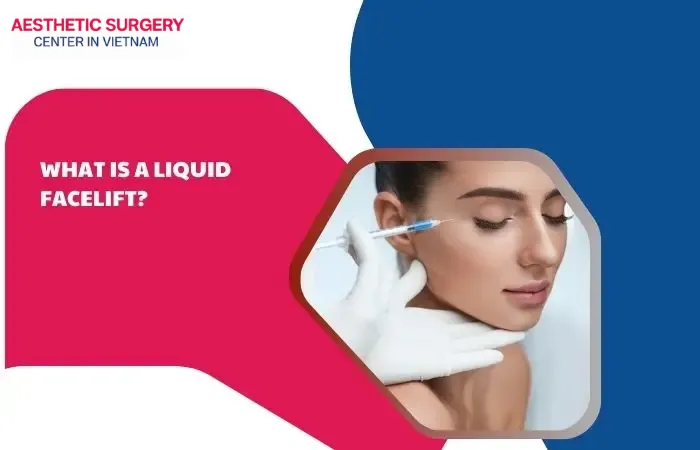




Comment on the post